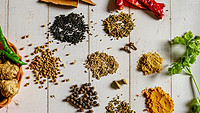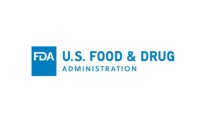EC Publishes Survey Findings of Herbs and Spices Authenticity

In December 2021, the European Commission (EC) published the results of the first coordinated control plan on the authenticity of herbs and spices, launched by DG SANTE and carried out by 21 EU member states, Switzerland, and Norway.
The Joint Research Center performed almost 10,000 analyses on 1,885 samples, using a range of analytical techniques to assess the authenticity of six different herbs and spices. The percentage of samples that were deemed at risk of adulteration were 17 percent for pepper, 14 percent for cumin, 11 percent for curcuma, 11 percent for saffron, and 6 percent for paprika/chili. Oregano was identified as the most vulnerable, with 48 percent of samples at risk of contamination—mainly by olive leaves. Relevant ISO standards were applied to assess the authenticity and purity of herbs and spices. If a sample did not comply with these provisions for extraneous matter and total ash, then it was considered to be suspicious of adulteration.
In addition, the outcome of additional tests targeting certain biomarkers of herbs and spices was used as supporting evidence. This was the first time that national authorities in charge of food controls and the EC pooled their experience and resources to focus on the herbs and spices sector with the aim to protect consumers from misleading, and potentially unsafe, products.
On the basis of these results, the EC has already called on operators for an immediate action plan to remedy the situation, which is not only detrimental to consumers’ interests and health, but also to the herbs and spices sector itself and its fair operators. The EC also invited national authorities to increase official controls in the sector as a means of deterring fraudulent practices and sanctioning fraud perpetrators.
For more information, visit the EC website.
Looking for a reprint of this article?
From high-res PDFs to custom plaques, order your copy today!





